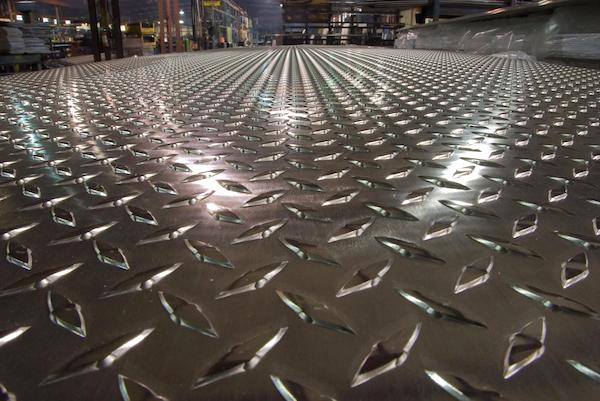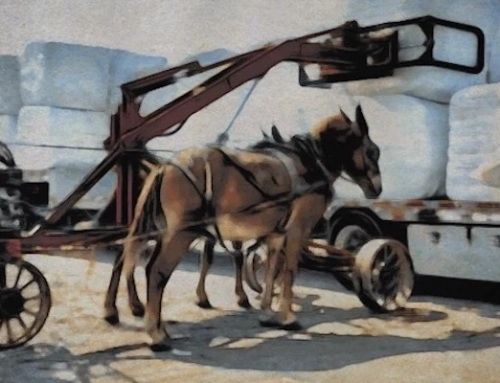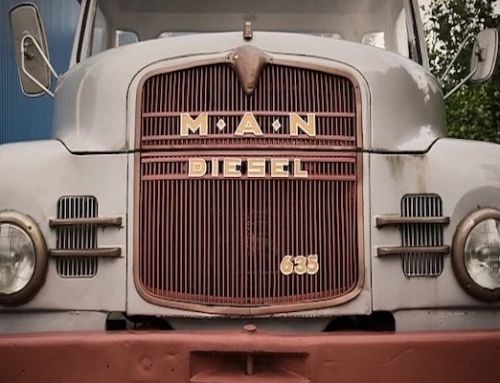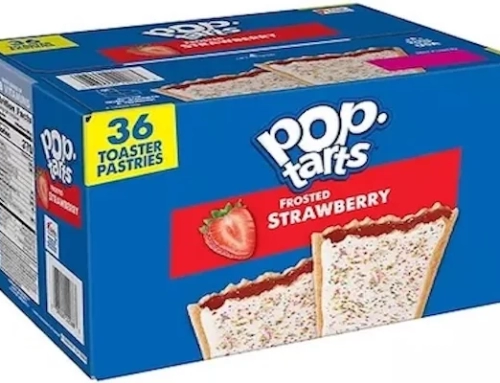We’re Inclined to Agree
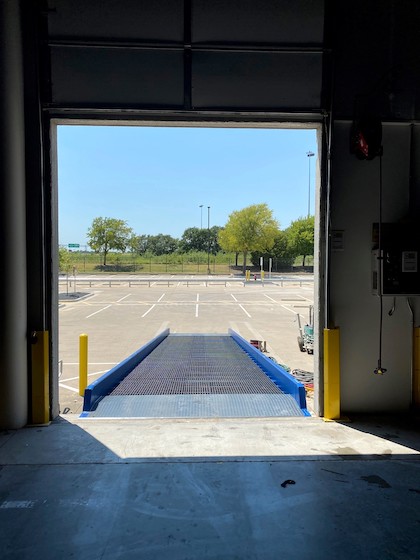
Leave a Mark on the Industry, Not the Pavement
We recently spotlighted a customer’s question about a forklift ramp. His preference was for the steel grating, which takes over most of the deck, to continue through to the ends of the ramp.
We think it’s a great point. Why have a “cap” of solid steel at either end? Why not let moisture and debris have an escape route all along the ramp?
Our original answer:
“In both design and function, there needs to be a smooth transition from ground-to-ramp, from break point of incline to level-off, and from ramp to truck/dock/platform.
“Steel grating cannot accomplish this. Grating at that junction would leave a sharp 2” – 3” ridge because the grating cannot be beveled. Without the smooth transition that the flat steel decking affords, forklift tires would be subject to significant wear and tear.”
While that remains accurate, there is, always, more to the story.
We turned to Bryan Boes, a key contact in Business Development at Bluff Manufacturing, one of our highly-trusted, highly-valued creators of quality yard ramps. Bryan has tremendous knowledge of all things related to ramps. And forklifts. And tires. He’s an industrial equipment Renaissance man, and his ability to explain complex things with a simple clarity always astounds us.
Bryan confirmed our original information and then took it it step further. Focusing on the lower point of contact, he described solid diamond plate steel as protecting both the ground and the forklift.
First, the ground:
“If you had grating on the bottom,” he said, “the minute the forklift hit that, the grating would dig down into the pavement.”
Those who work in warehouses located in hotter climates ⏤ which is much of the nation in summer months ⏤ know how hot concrete and asphalt get.
And we all know the irritation and damage that come as a result of driving our cars over potholes on the road. (If you haven’t experienced potholes, we want to move to you neighborhood.)
The average weight of a yard ramp is about twice that of your average car. Heavy stuff. They construct the end of the yard ramp with solid diamond plate to mitigate such gouging effect on concrete and, especially, on asphalt.
Then, the forklift:
Bryan’s correction to our original comment is that there are “standard” warehouse forklifts. Yes, there are varieties of these, though they all share a common characteristic: designed to roll across level surfaces, with relatively inexpensive wheels that are not meant to travel up and down ramps.
The other forklifts are fitted with solid pneumatic tires designed to roll outside and up and down inclines.
Bryan fields the occasional call from customers complaining that the ramp is eating up their tires. In most every situation, they discover that they’re using a forklift with tires that are not designed for use on yard ramps. That preventable scenario resides in a clear conversation between forklift dealer and potential customer.
A tip of the hat to Bryan Boes and Bluff Manufacturing for the terrific insight.
 From The Ramp Rules Blog:
From The Ramp Rules Blog:
This week, our man McCoy Fields is trash talking…a huge patch of garbage.
Click HERE to see what the rumpus is all about.

